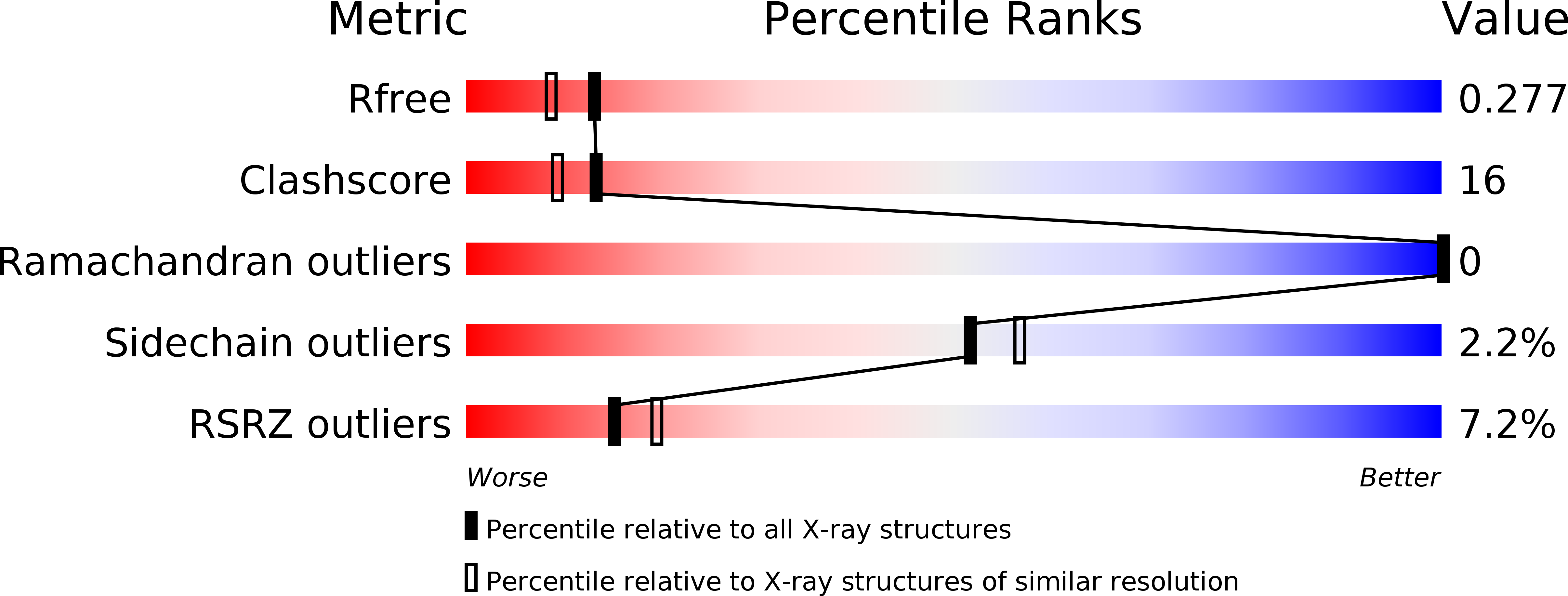
Deposition Date
2009-02-03
Release Date
2009-03-03
Last Version Date
2024-02-21
Entry Detail
PDB ID:
3G43
Keywords:
Title:
Crystal structure of the calmodulin-bound Cav1.2 C-terminal regulatory domain dimer
Biological Source:
Source Organism:
Homo sapiens (Taxon ID: 9606)
Host Organism:
Method Details:
Experimental Method:
Resolution:
2.10 Å
R-Value Free:
0.26
R-Value Work:
0.22
R-Value Observed:
0.22
Space Group:
P 21 21 21


